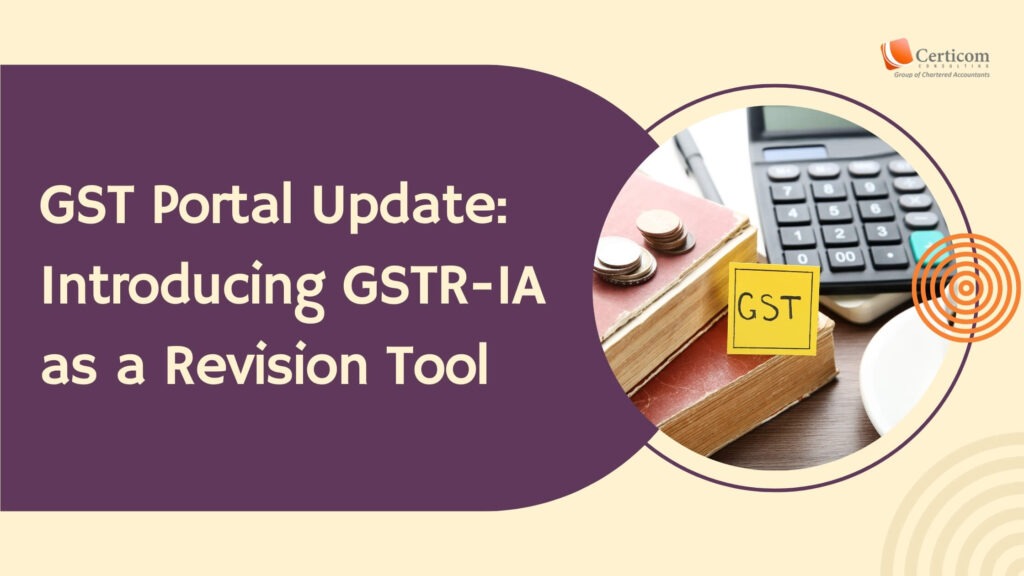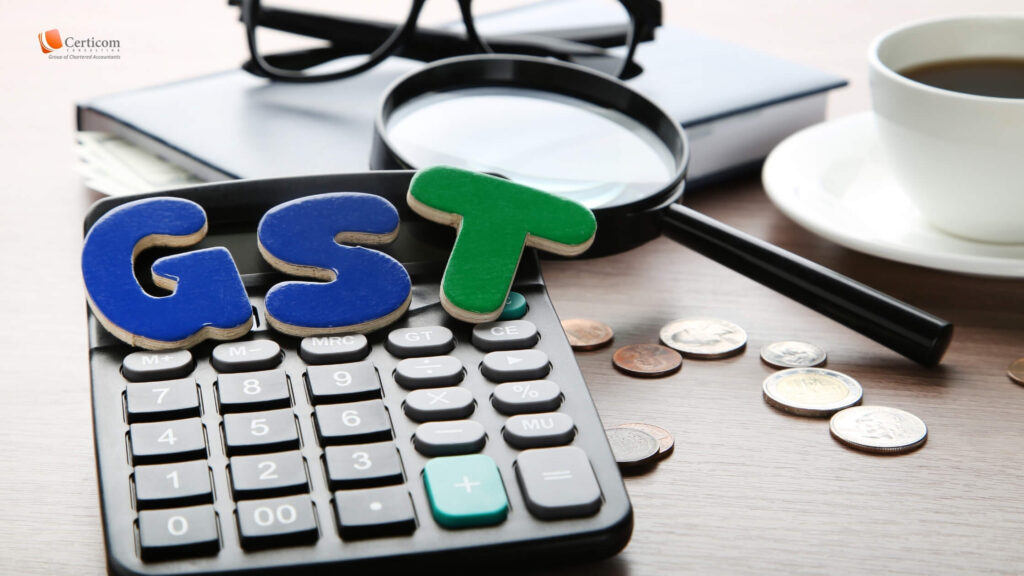GSTR-1A as a Revision Tool in the GST Framework

In recent developments, the Government, in collaboration with the GST Network (GSTN), has introduced several measures to streamline the GST return filing process. One notable initiative is the auto-population of details from GSTR-1 into GSTR-3B, allowing taxpayers to edit these figures before final submission. This flexibility enables taxpayers to declare a different tax liability in GSTR-3B compared to what was reported in GSTR-1. However, discrepancies between GSTR-1 and GSTR-3B have led to the issuance of automatic notices in FORM GST DRC-01B when certain thresholds of difference are met.
Errors in GSTR-1 filings or missed invoices often forced taxpayers to wait until the next tax period to make corrections, incurring an interest liability of 18% in some cases. To address this, the Government has introduced FORM GSTR-1A, allowing taxpayers to amend mistakes in GSTR-1 before filing GSTR-3B. This move indicates the Government’s intention to reduce manual edits in GSTR-3B, thereby minimizing discrepancies and ensuring consistency between GSTR-1 and GSTR-3B.
- 22nd June 2024: The 53rd GST Council meeting in New Delhi recommended the introduction of FORM GSTR-1A.
- 10th July 2024: Amendment of CGST Rules 2017 through Notification No 12/2024 – Central Tax, incorporating FORM GSTR-1A.
- 26th July 2024: Advisory on FORM GSTR-1A released by GSTN on the GST portal.
- 1st August 2024: Detailed manual and FAQs on GSTR-1A made available on the GST portal.

Key Features of FORM GSTR-1A
- Optional Filing: GSTR-1A is an optional facility.
- Single Filing per Tax Period: It can be filed only once for a particular tax period.
- Impact on GSTR-3B: Changes made through GSTR-1A will reflect in GSTR-3B for the same period.
- Impact on Recipient’s ITC: ITC for supplies declared or amended via GSTR-1A will be available to the recipient in FORM GSTR-2B for the next tax period.
- QRMP Taxpayers: No separate amendment facility for details furnished through IFF during the first two months of the quarter (M1 and M2).
- GSTIN Correction: Changes to recipient GSTIN can only be made in the subsequent GSTR-1 for the next tax period.
Availability and Filing Details
From Which Tax Period is GSTR-1A Available?
GSTR-1A is available from August 2024, allowing amendments to details furnished in GSTR-1 for July 2024.
Who Needs to File GSTR-1A?
Taxpayers who need to amend or add supply details reported in GSTR-1 can do so through GSTR-1A after filing GSTR-1 and before filing GSTR-3B.
Example Scenario
If a taxpayer files GSTR-1 for July 2024 on 10th August 2024 and discovers errors or omissions, GSTR-1A will be available from 11th August 2024. The taxpayer can correct and add records in GSTR-1A, which will then auto-populate in GSTR-3B.
Filing Timeline
- Regular Taxpayers: GSTR-1A is open from the later of the GSTR-1 due date (11th of the following month) or the actual filing date of GSTR-1, until the filing of GSTR-3B.
- QRMP Scheme Taxpayers: GSTR-1A is open from the later of the GSTR-1 due date (13th of the month following the quarter) or the actual filing date of GSTR-1, until the filing of GSTR-3B.

Important Considerations
- No Due Date for GSTR-1A: It can be filed anytime before GSTR-3B for the same period.
- Compulsory Filing: GSTR-1A is not mandatory.
- Modes of Preparation: GSTR-1A can be filed online or through GSP.
- No Nil Filing: Nil GSTR-1A filings are not available.
- Amendment Scope: Only current tax period details can be amended.
- Impact on GSTR-3B Filing: Any saved records in GSTR-1A must be either filed or deleted before GSTR-3B filing.
- Debit/Credit Notes: These can be added in GSTR-1A.
- Recipient’s GSTIN: Cannot be amended through GSTR-1A, only through subsequent GSTR-1.
By introducing FORM GSTR-1A, the Government aims to simplify the amendment process, reduce discrepancies, and ensure a smoother GST return filing experience. This new tool allows taxpayers to correct mistakes promptly, aligning GSTR-1 with GSTR-3B and minimizing potential interest liabilities.
Related Post
A Beginner’s Guide to E-Filing Income Tax Return for FY 2024-25
Faking Tax Deductions? You Could Be Penalised Up To 200% Under Income Tax Rules
Book A One To One Consultation Now For FREE
How can we help? *




